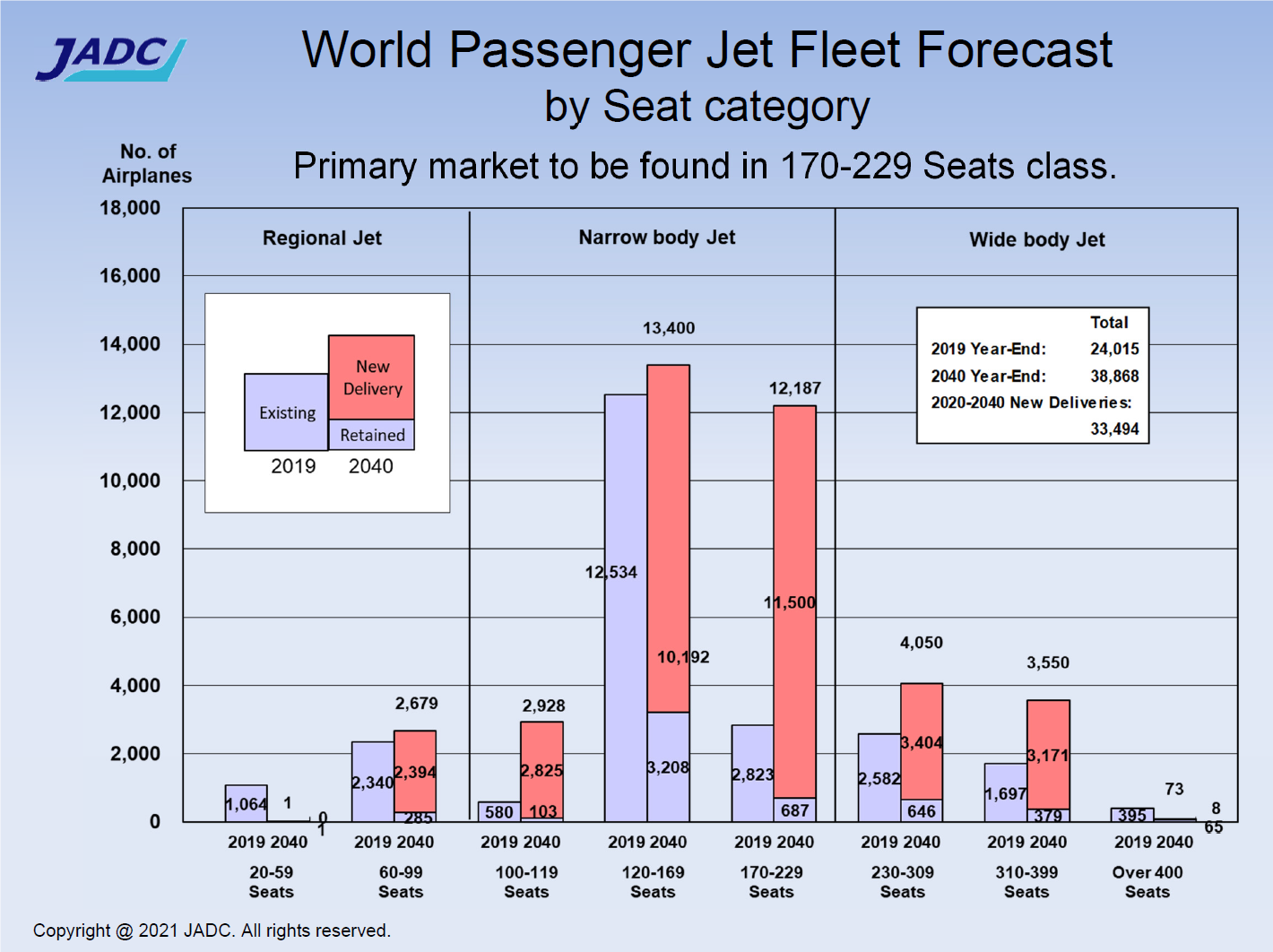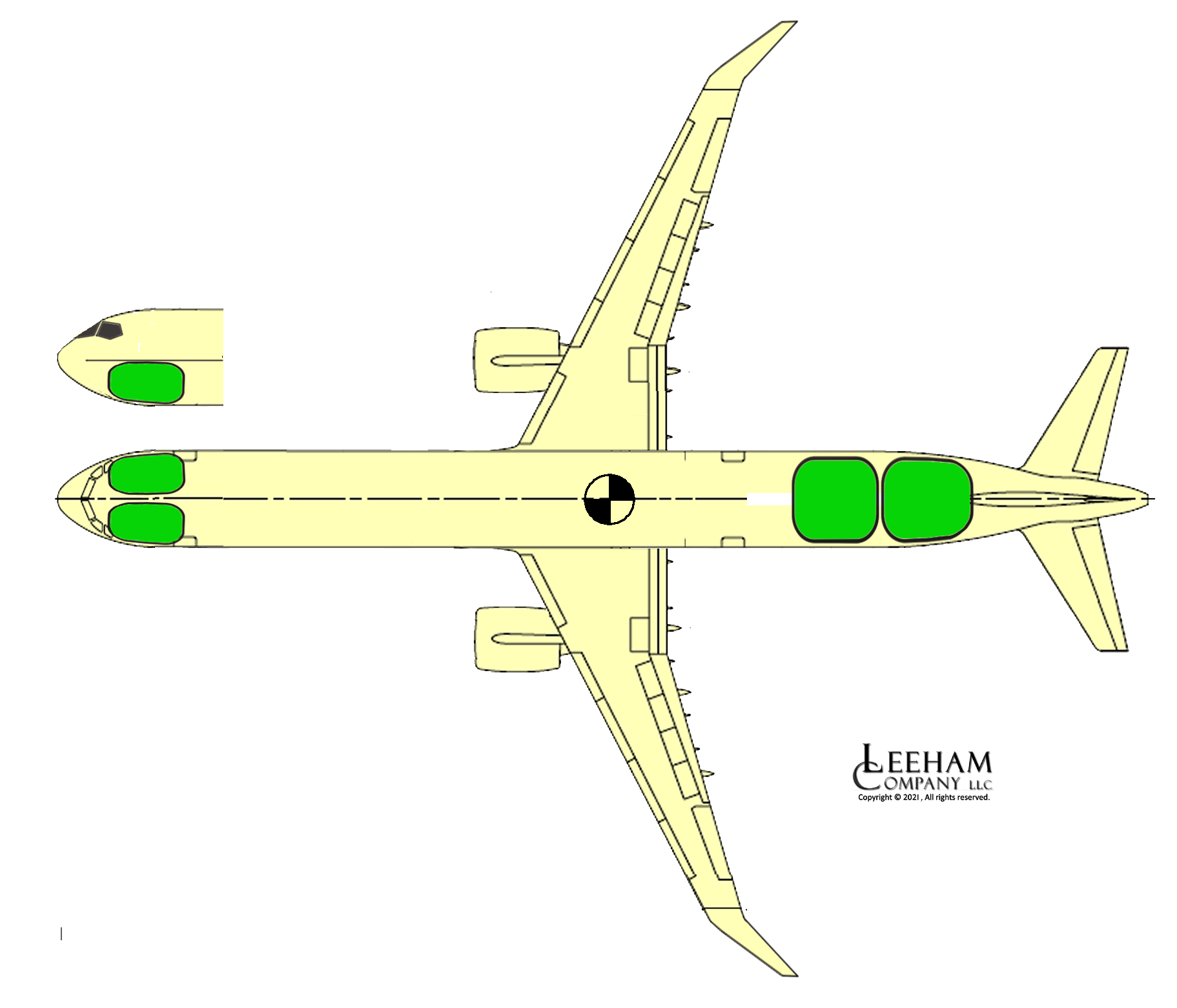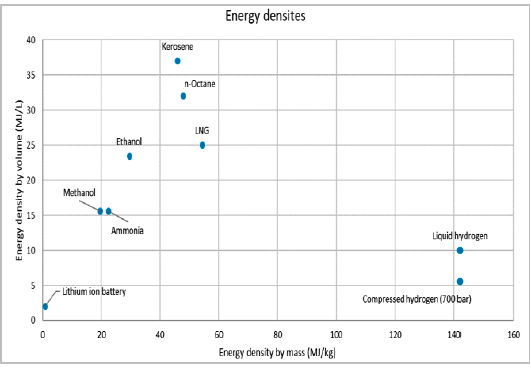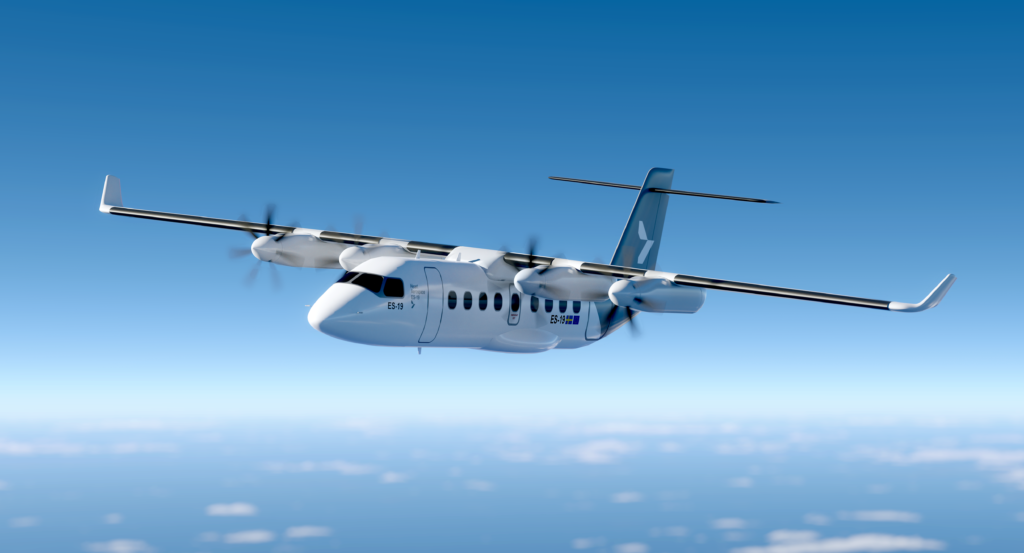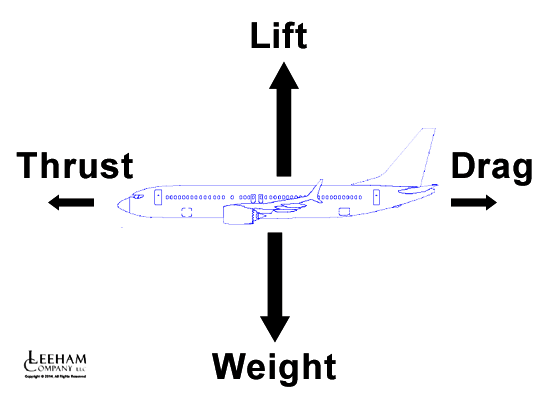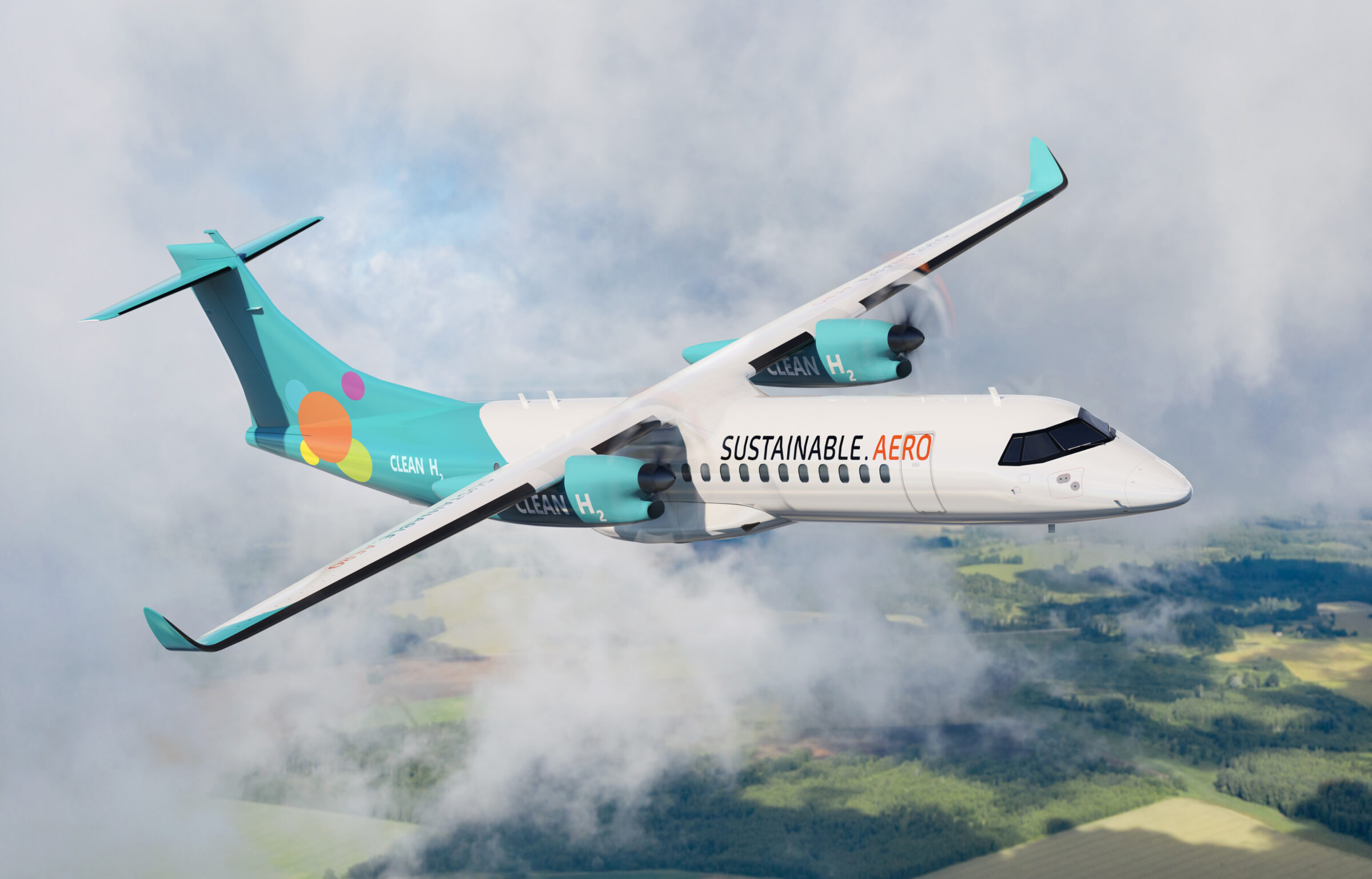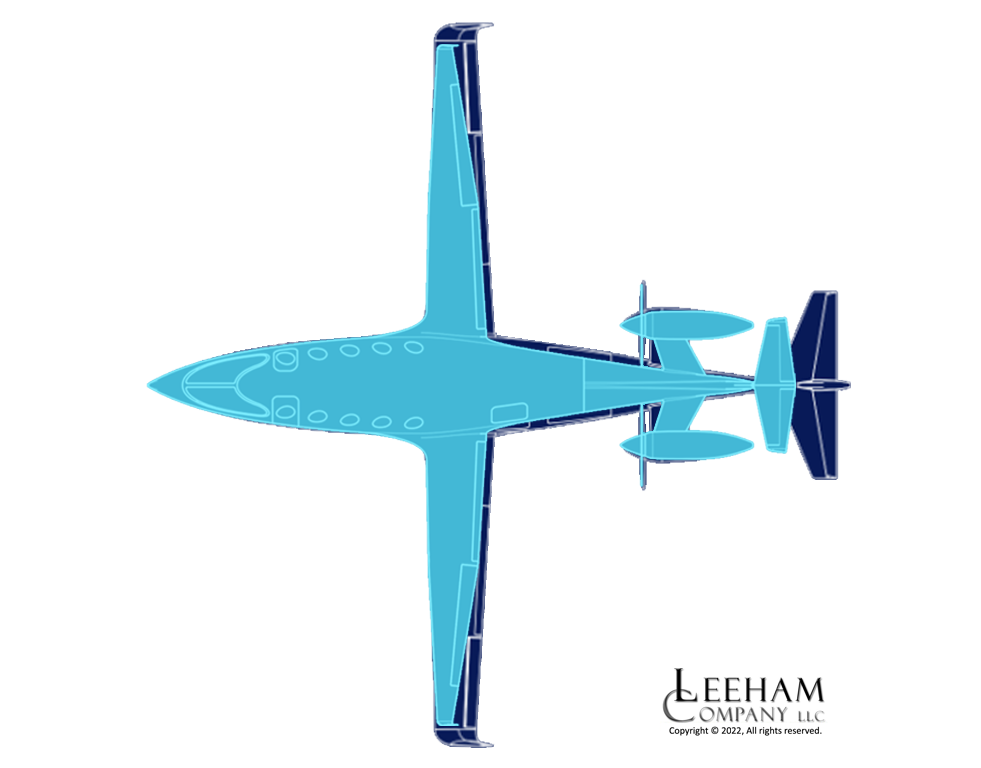Leeham News and Analysis
There's more to real news than a news release.
Bjorn’s Corner: Sustainable Air Transport. Part 14. Propulsion system requirements.
April 8, 2022, ©. Leeham News: Last week, we discussed the architecture of a liquid hydrogen fuel system. We now start looking at the propulsion system of a hydrogen aircraft.
Before discussing how a propulsion system is done, we must understand what power requirements different airliner types have and the importance of these types in the market.
Bjorn’s Corner: Sustainable Air Transport. Part 13. Hydrogen fuel system and APU.
April 1, 2022, ©. Leeham News: Last week, we looked at how to store hydrogen in an aircraft. We could see the gaseous storage of hydrogen is too heavy other than for demo systems and extreme short-haul. For practical airliners, liquid hydrogen is the solution.
Now we look at what this means for the aircraft fuel system and how to configure a suitable Auxiliary Power Unit, APU.
Bjorn’s Corner: Sustainable Air Transport. Part 12. Hydrogen storage.
March 25, 2022, ©. Leeham News: Last week, we looked at the energy density by mass and volume for hydrogen and regular Jet fuel (Kerosene), Figure 1.
With this information, we now look at how these fuels can be stored in an aircraft.
Read more
Bjorn’s Corner: Sustainable Air Transport. Part 11. Hydrogen and SAF.
March 18, 2022, ©. Leeham News: In our series, we have now seen the major limitations batteries as an energy source impose on an airliner and that hybrids work but don’t bring any advantages for an airliner.
The alternatives are to use an energy source with a higher energy density and combine it with an efficient propulsion system. Sustainable Aviation Fuel, SAF, has the same high energy density as today’s Jet fuel and hydrogen’s density is three times higher than Jet fuel.
Bjorn’s Corner: Sustainable Air Transport. Part 6P. Energy consumption, the deeper discussion.
Subscription required
February 11, 2022, ©. Leeham News: This is a complementary article to Part 6. Energy consumption. It uses the Aircraft Performance Model from our Consultancy practice to generate energy consumed data when we fly a typical airline mission for the first aircraft we analyze, the battery-based Eviation Alice and Heart Aerospace ES-19.
These represent what to expect for airliners that have chosen this energy storage principle.
Bjorn’s Corner: Sustainable Air Transport. Part 6. Energy consumption.
February 11, 2022, ©. Leeham News: In a sister article, Part 6P. Energy consumption, the deeper discussion we use Leeham’s Aircraft Performance Model from our consulting practice to generate the aeronautical energy consumption for aircraft like Eviation’s Alice and Heart Aerospace’s ES-19.
This is the energy needed to combat the drag of the airframe during flight (Figure 1). We then add the losses in the chosen propulsion system to arrive at the energy drawn from the energy source.
Airbus readies hydrogen-powered demo flights
Update, Feb. 21: Airbus announced today a press conference tomorrow in Toulouse.
By Scott Hamilton
Feb. 8, 2022, (c) Leeham News: Airbus plans to fly a hydrogen-fueled ZEROe demonstrator soon, with an announcement coming as early as this month.
Airbus’ drive to reduce emissions appears prioritized toward developing an H2-fueled airplane. While all it’s A-Series aircraft will be 100% compatible with Sustainable Aviation Fuel (SAF) by 2030—they’re 50% compatible today—hydrogen is at the forefront of its research and development. Officials want to have an H2-powered airplane ready for service by 2035. This aircraft will almost certainly be a turboprop.
Amanda Simpson, vice president for research and technology of Airbus, said the company must have a demonstration project proving the feasibility of an H2-fueled airplane before full development can proceed. She told the audience at the annual conference of the Pacific Northwest Aerospace Alliance yesterday that an announcement could come within two weeks. In sideline remarks, she declined to say what type of aircraft will be used for the demo project.
Forecast 2022: Sustainability
Subscription Required
By Bjorn Fehrm
Introduction
February 7, 2022, © Leeham News: The year that passed was when Sustainability broke through the walls of “I’m not convinced we have a problem” and “If so, what shall we do about it.”
The declarations ahead of, at, and after COP26 in Glasgow, United Nations 26’th climate conference, had many major states and organizations commit to targets for the reduction of Greenhouse gases by 2030 and 2050.
With this change in mind and traction, what can we expect to see in 2022 from the Air Transport industry?
Summary
- The years that passed were run-up years. Now the preparations shall lead to the first results.
- We summarize what we can expect to see during 2022.
Bjorn’s Corner: Sustainable Air Transport. Part 5. Fundamentals recap.
February 4, 2021, ©. Leeham News: We did a simple reality check on two high-profile ideas for Sustainable Air Transport last week, the Eviation Alice project and Heart Aerospace’s ES-19.
We now look at energy usage when performing Sustainable Air Transport flights, but it can be timely to recap some fundamentals of such flights before we discuss this.
Bjorn’s Corner: Sustainable Air Transport. Part 4. Reality checks.
January 28, 2022, ©. Leeham News: Having discussed where investments would be the most efficient in alleviating our Greenhouse gas problems and identified the low-hanging fruit, we now look at new technology airplanes that can improve the situation.
We start with classical airliners, working our way from small types to the largest, then we discuss the impact of new transport forms like VTOLs for short-haul transportation.
As we will use the Leeham Aircraft Performance Model in some of the work, there will be extra articles (for this one, a Part 4P) which are Paywall, where we use the model to generate deeper data and understanding.



